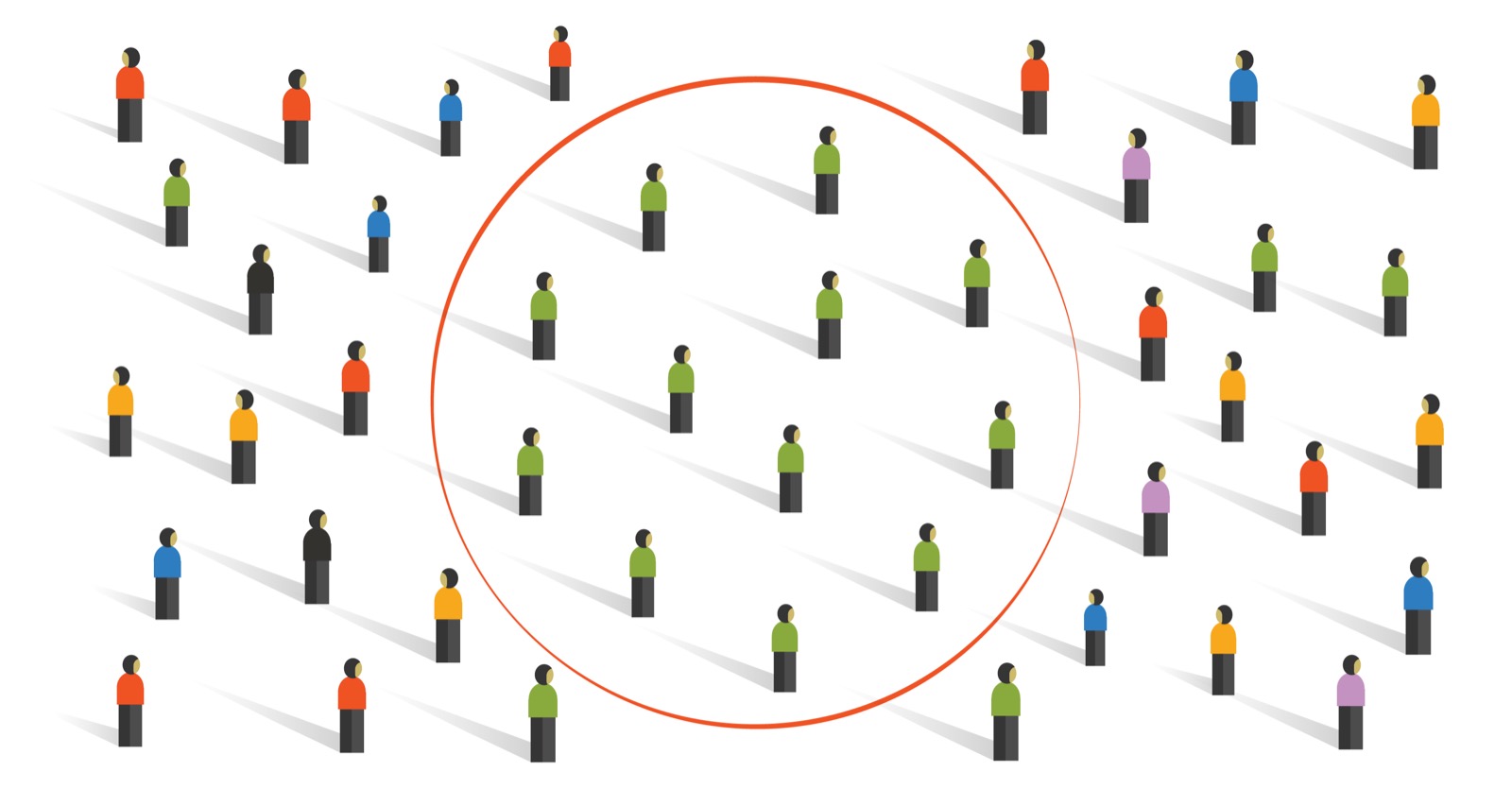Affinity bias creates hidden barriers for innovation and growth.
Affinity bias creates an unfair workplace advantage, often requiring some to prove themselves more than others.
Tech executive and Develop Diverse founder Jenifer Clausell-Tormos explains how this bias, the tendency to favor people like ourselves, creates a significant hurdle for underrepresented groups.
It’s like some get a free pass, while others must constantly validate their worth. This is prejudicial and discriminatory. Affinity bias is the unconscious tendency to connect with and favor people who share similar characteristics with us. These similarities can be anything from race, gender, and background to shared interests, alma maters, or even similar communication styles. This bias can lead to unfair treatment in hiring, promotions, performance evaluations, and team assignments.
Clausell-Tormos points out that women and minorities are often perceived as having limited potential. They must constantly demonstrate their capabilities before receiving acknowledgment, while other groups are perceived to have unlimited potential simply due to affinity bias. This bias stems from decision-makers often recognizing themselves in certain individuals, leading to an automatic stamp of approval.
“They look like me, they’ll make it,” is the subconscious thought, while those who don’t fit that mold face an uphill battle.
This translates into a system where underrepresented individuals must work significantly harder for recognition. They must not only deliver results but also overcome preconceived notions and implicit biases. Their contributions are often overlooked or minimized, while the achievements of others are amplified. This disparity in recognition creates a deeply unfair playing field, hindering career advancement and perpetuating systemic inequalities.
See Jenifer’s full session of the Inclusive Exec Series.
Affinity Bias in Action
Consider a scenario where two employees present similar solutions. The solution from the individual who shares similar characteristics with the decision-maker is more likely to be readily accepted, while the other individual’s solution, even if superior, may be met with skepticism. This is a clear example of affinity bias influencing decision-making, not based on merit but on unconscious preferences.
This bias also impacts access to opportunities. Mentorship, promotions, and high-profile projects are often disproportionately awarded to those within the “in-group,” further widening the gap. This lack of access limits the career trajectory of underrepresented groups, regardless of their skills and potential.
The Impact of Affinity Bias
Affinity bias shows up in the workplace via:
- Lack of Diversity among decision-making teams: It hinders the hiring and promotion of qualified individuals from diverse backgrounds, resulting in a less representative workforce.
- Reduced Innovation: Teams with diverse experiences, skills, and backgrounds are more innovative than homogenous teams.
- Decreased Morale: Talented employees from different demographics can feel excluded or unfairly treated due to affinity bias. This creates lower morale, decreased productivity, and higher turnover.
- Legal Risks: In some cases, affinity bias can lead to discriminatory practices that violate equal opportunity laws.
What Can Be Done?
Combating affinity bias requires a multi-faceted approach:
- Awareness Training: Educate employees about affinity bias, its impact, and how it manifests in the workplace.
- Structured Evaluation Processes: Implement objective criteria and standardized evaluation processes for hiring, promotions, and performance reviews.
- Interview Panels representing seniorities, functions and geographies: Ensure interview panels include individuals from diverse backgrounds to minimize bias in hiring decisions.
- Mentorship and Sponsorship Programs: Create programs that provide mentorship and sponsorship opportunities for underrepresented groups.
- Inclusive Leadership Training: Train leaders on how to recognize and mitigate their own biases, and how to create inclusive teams.
Inclusive Matters works with senior teams to uncover opportunities for more inclusive leadership.
Do you recognize similar patterns of affinity bias within your organization? We can share what’s working for other companies.


0 Comments